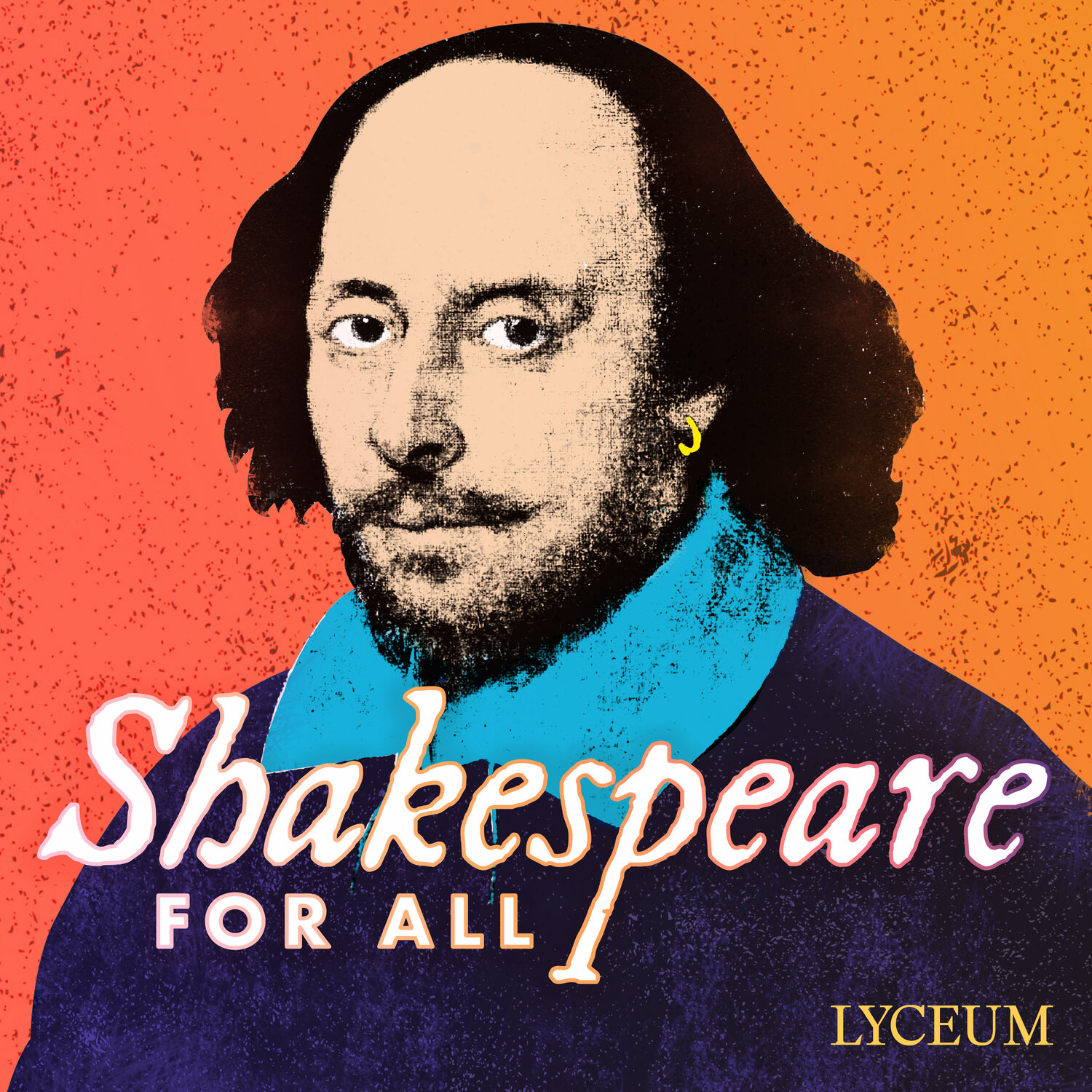Romeo & Juliet
“TOO MUCH LIKE THE LIGHTNING”
What You'll Learn
The story of Romeo and Juliet and its particular styles of poetry
How Shakespeare used this play to experiment with the tragic, intellectual, and imaginative possibilities of character, especially through the figures of Mercutio and Juliet
How the play’s story, language, and characters all highlight the tragic intertwining of love and loss
Course Outline
Episode 1: Romeo and Juliet - the Story
Episode 2: Romeo and Juliet - the Characters and the Questions
Episode 3: Romeo and Juliet - the Language
Works Consulted for this Course
Garber, Marjorie B. Shakespeare After All. New York: Pantheon Books, 2004.
Greenblatt, Stephen. “Introduction,” Romeo and Juliet. in Shakespeare, William. The Norton Shakespeare. Edited by Stephen Greenblatt, Walter Cohen, Suzanne Gossett, Jean E. Howard, Katharine Eisaman Maus and Gordon McMullan. 3rd ed. New York: W. W. Norton & Company, 2016.
Paster, Gail Kern. “Romeo and Juliet: A Modern Perspective.” Folger Shakespeare Library. <https://shakespeare.folger.edu/shakespeares-works/romeo-and-juliet/romeo-and-juliet-a-modern-perspective/>
Smith, Emma. This Is Shakespeare. New York: Pantheon Books, 2020.
Shakespeare, William. Romeo and Juliet. Edited by René Weis. The Arden Shakespeare. London: Bloomsbury Publishing Plc, 2012.
Children of families who are locked in a fatal feud, Romeo and Juliet risk community, identity, and life to pursue an all-consuming love. Today, Romeo and Juliet is one of the most famous love stories in the world. But the play isn’t simply a celebration of love or an idealization of the lovers. This wild and dangerous play lays bare the link between desire and death, between love and loss. The tragedy of Romeo and Juliet isn’t that their love is thwarted or impossible. The tragedy is love. In this course, you’ll learn the story of Romeo and Juliet, hear the play’s key speeches performed and analyzed by world-class Shakespearean actors and literary scholars, and see how Shakespeare brings its characters to life with the brightness and briefness of lightning.
In Part 1, you’ll be guided through a detailed account of the story with commentary by Simon Palfrey, Professor of English at the University of Oxford. Professor Palfrey explains how this play is Shakespeare’s experimentation with new possibilities in drama and a masterpiece of his own poetic powers. You’ll learn how Shakespeare characterizes Romeo and Juliet and how their relationship is reflected in their particular forms of poetry. This summary is told using the language of the play itself, placing key quotations in context to help you understand where these lines come from and what they mean.
Part 2 looks closely at the play’s characters, and especially at the intelligence and swiftness of Juliet. You’ll see how the lovers apprehend new possibilities of human life, but also how their social world constrains their possibilities; and how the play might seem to offer the possibility of comedy, but how it’s destined for tragedy all along. And the tragedy doesn’t belong only to the young lovers who are thwarted by their parents — it belongs to the parents, too, and to every person who opens themselves to loss by opening themselves to love.
In Part 3, Professor Palfrey offers close-readings of some of the play’s most significant scenes. You’ll hear the play’s dark energies emerge through Mercutio’s speech about “Queen Mab”; see how Juliet discovers a new, eroticized vision of the world and of herself as she awaits her wedding night, and witness one of the most iconic scenes in literature, when Juliet on her balcony imagines the possibility of love transforming identity: “What’s in a name?”
You can hear the third episode of this course for free below. For the full course, subscribe today on Himalaya Learning. Use the promo code SHAKESPEARE for 14 days free.
Speeches and Performers
Mercutio, 1.4, “O, then I see Queen Mab hath been with you …” (Mark Quartley)
Juliet and Romeo, 2.2, “O Romeo, Romeo …” (Katy Stephens)
Juliet, 3.2, “Gallop apace, you fiery-footed steeds …” (Katy Stephens)
Course Instructor
Simon Palfrey
Professor of English at the University of Oxford
Simon Palfrey is Professor of English at Brasenose College at the University of Oxford. His recent work explores the unique kinds of life generated by dramatic, poetic, and fictional forms and the opportunities this opens up for more imaginative, philosophically adventurous, and politically engaged critical work. His books include Doing Shakespeare (Arden, 2004; 2nd ed. 2011), a TLS International Book of the Year; Shakespeare in Parts (Oxford, 2007, with Tiffany Stern), the MRDS Book of the Year; Poor Tom (Chicago, 2014); Shakespeare's Possible Worlds (Cambridge, 2014); and the novel Macbeth, Macbeth (Bloomsbury, 2016, written with Ewan Fernie). Professor Palfrey’s current project is the twice AHRC-award-winning Demons Land: a poem come true, a mixed media event (film, drama, dance, paintings, sculptures, soundscapes, text) that imagines an island built in the image of Spenser’s epic poem, The Faerie Queene. Professor Palfrey is writer and director of the project, whose latest iteration is a collaboration with indigenous Australian artists and practitioners, exploring different understandings of home, land, and country; for more details, see demonsland.com.



